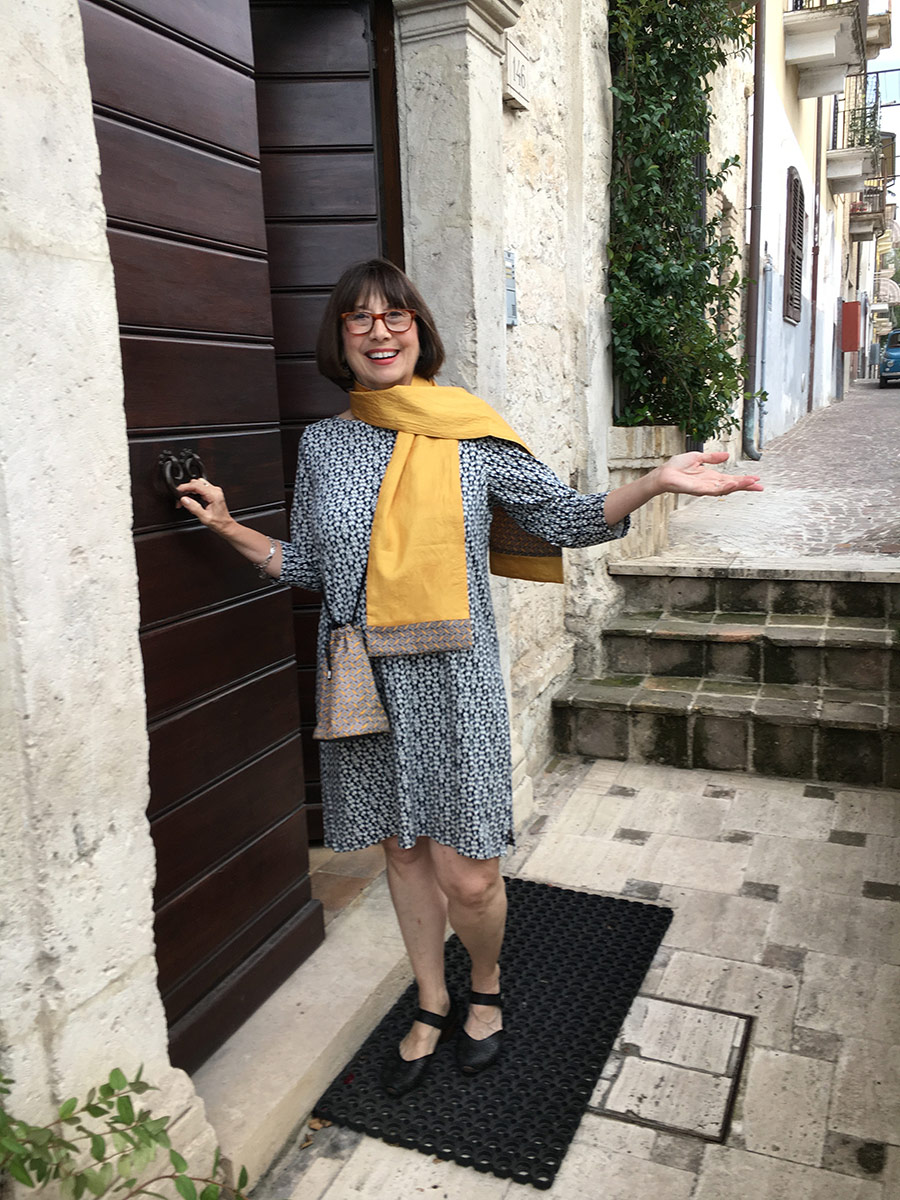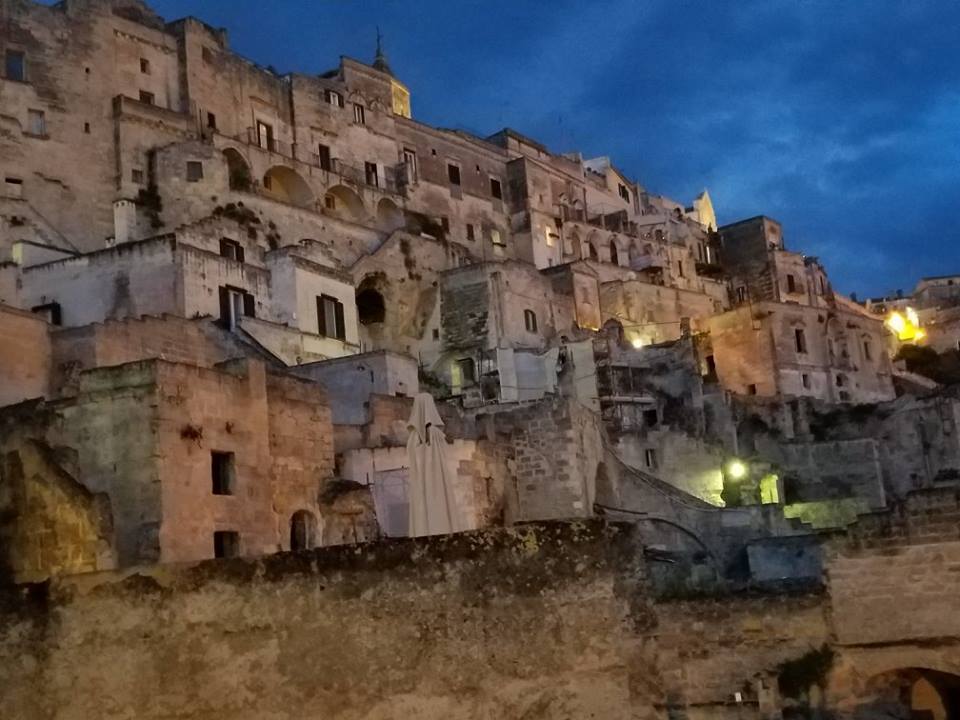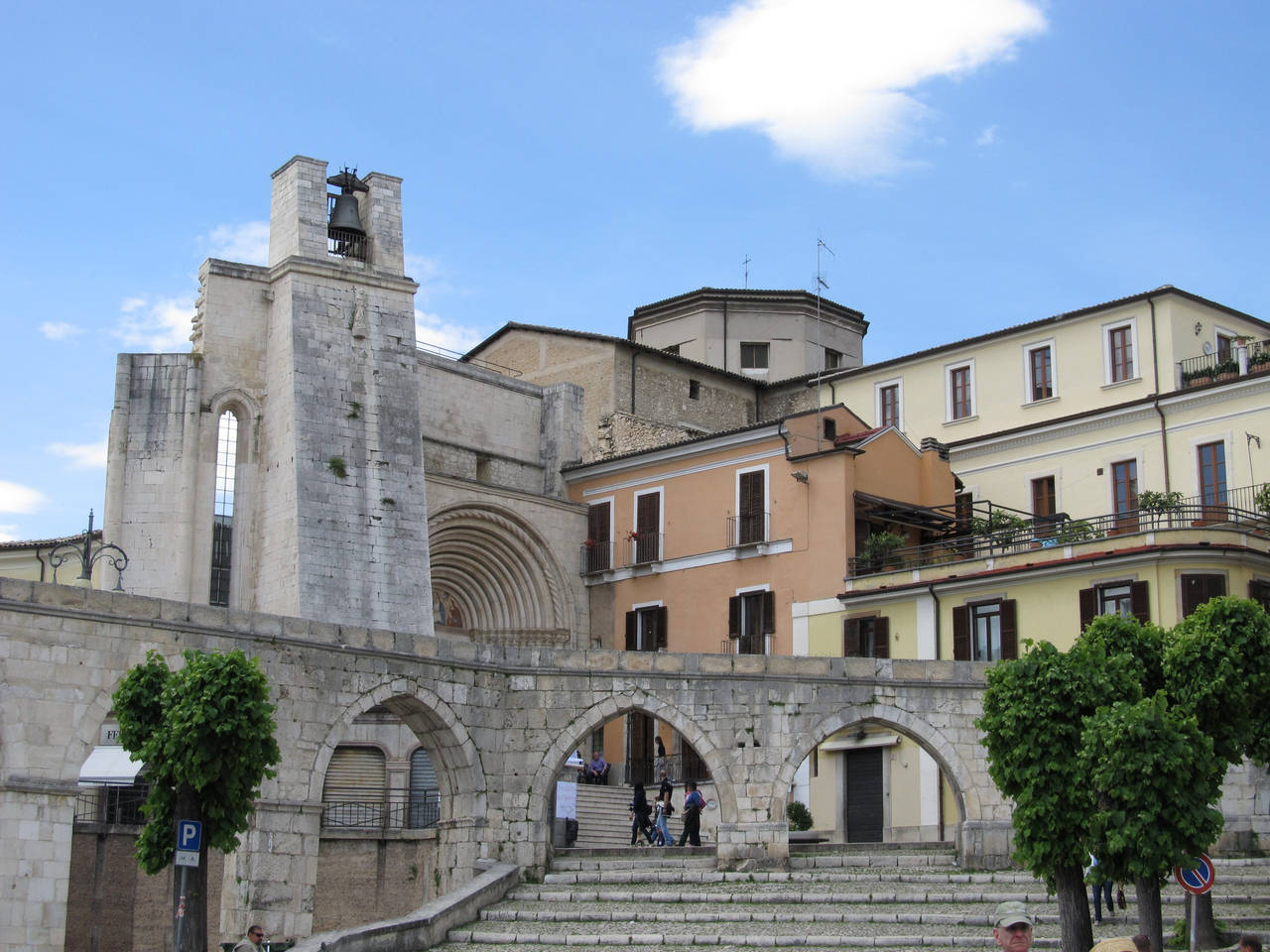Adieu! Adieu! yon silver lamp, the moon,
Which turns our midnight into perfect noon,
Doth surely light thy towers, guarding well
Where Dante sleeps, where Byron loved to dwell.
— Oscar Wilde, Ravenna
 There are only a few places in Italy that Tim and I have gone back to. Major airport cities aside, it’s only been Verona and Sermide (our home along the Po) that keep drawing us back. Not that we don’t adore a lot of places. It’s just that we are trying to work our way around all of the regions and experience what each one has to offer and it’s so hard to pick a favorite. But we did return to Ravenna a while back, stopping there for two nights en route to Verona. There’s just something about this old city that draws us in.
There are only a few places in Italy that Tim and I have gone back to. Major airport cities aside, it’s only been Verona and Sermide (our home along the Po) that keep drawing us back. Not that we don’t adore a lot of places. It’s just that we are trying to work our way around all of the regions and experience what each one has to offer and it’s so hard to pick a favorite. But we did return to Ravenna a while back, stopping there for two nights en route to Verona. There’s just something about this old city that draws us in.
Located in the province of Emilia-Romagna, Ravenna is best-known for its world-class early mosaics. Ravenna has been around since the First Century BC, when Emperor Augustus built a port and naval base here. As Rome’s power declined, Ravenna was made the capital of the Western Empire and it stayed strong throughout the Ostrogoth and Byzantine eras. Because Ravenna was an early convert to Christianity — some time in the early Second Century AD — the city embraced Christian (and Old Testament) iconography and made excellent use of it in its churches and mausoleums.

Outside the Basilica
The big draw for mosaic seekers is the Basilica of San Vitale, but it’s interesting for more reasons than just

In Galla’s mausoleum
the mosaics. Built over 1400 years ago by an unknown architect, it is considered by the Roman Catholic Church to be an “ecclesiastical basilica,” that is, not in the traditional basilica form. Its buttresses, octagonal forms, massive ceilings and, of course, the mosaics, will keep you looking up for hours.
Find the images of Emperor Justinian and his wife, Theodora. Find the apostles, the twinkly ceiling, the Bible stories enacted in tiny tiles and realize that this was the prototype for Constantinople’s Hagia Sofia, and you’ll see what all the fuss is about. And San Vitale is one of eight structures in Ravenna included on the UNESCO World Heritage list.

Light through the alabaster
Just across the courtyard from San Vitale, you’ll visit the Mausoleum of Galla Placidia (daughter of Emperor Theodosius I), a humble-looking little mausoleum with the oldest and some of the best mosaics in Ravenna. A light glows through the thin alabaster panels of the small space and sets a heavenly tone. It’s a wonderful place to find peace through art.
On our first trip we discovered the Domus dei Tappeti di Pietra almost at

The sign and floors of the domus
the same time the city fathers discovered it. It seems that they were digging underground to build a parking garage and found a virtual house (domus) of stone floors (mosaics) nearly intact. They immediately stopped the garage project and called in the experts, who began to uncover floors and walls of incredible age and beauty. They constructed a series of clear walkways over them, so visitors can walk through the rooms as they once were and experience the gorgeous, largely unspoiled art. What an amazing find! Accessible through a little church in town, it’s surely one of Ravenna’s wonders.
Stay, Eat

The door to our room

The door to our room
The first time we came to Ravenna, we were passing through on a day trip. The second time, we wanted more of an immersion experience. An internet search brought up the Villa S. Maria in Foris and, once we saw it, we were hooked. Right in the center of town, with huge rooms and breakfast served on the terrace in good weather, S. Maria in Foris is a rare gem — well-priced, well-located and with service and amenities that you’d find in a much more expensive hotel. The concierge will even arrange a city tour for you or, for the very creative, a package that includes a three-hour mosaic workshop.
Where to eat? Well, after a long day of sight-seeing, we dragged two friends through town to find our favorite place in Ravenna, only to discover that it had closed. But the restaurant in its place looked interesting and, since we probably couldn’t have walked another step, we decided to give it a try. Bistrot Ristorante (on the site of the old Spasso Bistrot, on via Mura di San Vitale) was a wonderful surprise. Romantic and intimate, with English-speaking staff, it serves lunch and dinner and has specialties from both land and sea. And excellent pastas. And to-die-for desserts. You get the picture. We left happy and full and in need of the walk back to the hotel.
The next day, when we set out for lunch, we asked the ladies at S. Maria in Foris where we should go. They

Osteria Battibecchi
pointed us in the direction of Osteria dei Battibechhi and it’s a good thing, because there’s only a sandwich sign on the main road that says “osteria” and it’s a bit off the beaten track. Still in the center of the old town, Osteria dei Battibechhi is a real find: where the locals go, nothing fancy, no English spoken (or written), great food, great service — it felt genuine. They told us that “battibechhi” literally means “fighting roosters” and that it has come to mean the locals who sit and argue with each other playfully for hours. I long for a place like that here.
After lunch, alas, we had to pack up and push on for Verona and other adventures. But I highly recommend a stop in Ravenna. Lord Byron, Oscar Wilde and Herman Hesse all found comfort and inspiration there. Ravenna pops up in Canto V of Dante’s Inferno. And Michelangelo Antonioni filmed his 1964 classic, Red Desert, partly in Ravenna. Oh, and Dante is buried in Ravenna. Yes, that Dante. And there’s another wonder — the Pasticceria Al Duomo Caffetteria, a classic tea room with little pastries to make you cry. I wish I could find a website for you, but I remember that it was just inside the Porto’ Aurea. Look for it if you go and have a pasticcino for me.
Buon viaggio!

Linda Dini Jenkins is a card-carrying Italophile, travel planner, freelance writer, and amateur photographer. Travel is her passion, so writing about her travels just comes naturally. She hopes all her travelers find a way to express their joys, surprises, and fears as they travel and gives every traveler a nifty journal to help smooth the way. Learn more…


